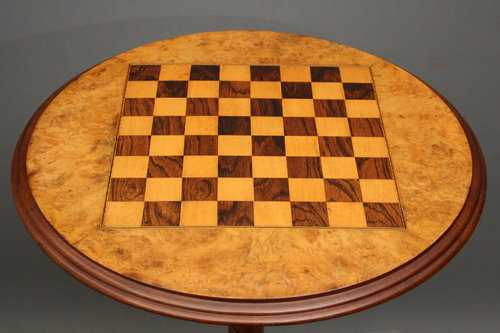
A great deal can be gleaned about the value, age, and story of a piece, by the wood that it is made from. Likewise, we can learn so much about the history of human resource use, and our relationship to the natural world through antiques. They are a direct link to the past. Every piece tells a story.
View the selection of antique furniture we have for sale.

In the UK world of antique furniture, the era prior to the mid sixteen hundreds is commonly known as the ‘Age of Oak’. Pieces from this period are generally heavier, chunkier, and of simpler, more medieval design. Often the course grain of the wood is very attractive, showcasing oaks fine medullar rays.
Oak fell out of fashion, to a degree, late in the 17th Century with the shipping of more exotic hardwoods from further afield. However it made a brief revival during the Georgian era, and once again in late Victorian times with the Arts and Crafts movement.
From the 17th Century onwards, oak took more of a back seat, being favoured instead for drawer linings, for example, while the more exotic woods were used, sometimes as veneers, for the more visible parts of finer pieces.
However the rules about the ages of different woods are not hard and fast, they are more a rough guide. Raw material use also varies by region, maker, and for more complex historical reasons.
As sought after exotic hardwoods were more expensive, and at certain points in history, harder to come by, oak was sometimes used to replicate them. Makers sometimes even stained oak to replicate other woods. There is also some cross over between these periods, with some earlier examples of the use of exotic woods as well as later use of oak etc.
Oak had many benefits as a material. It was not only is local abundance, but is resistant to rot and woodworm. It produces a course, open grained timber, and is fairly light in colour, darkening with age. There are two main varieties. Red (or black oak) can have a reddish, brown or pinkish appearance. It is often polished to become very dark, almost like mahogany. White oak, can have a light, almost greenish tint to it. This difference seems especially clear in Regency pieces, which are of a finer finish.
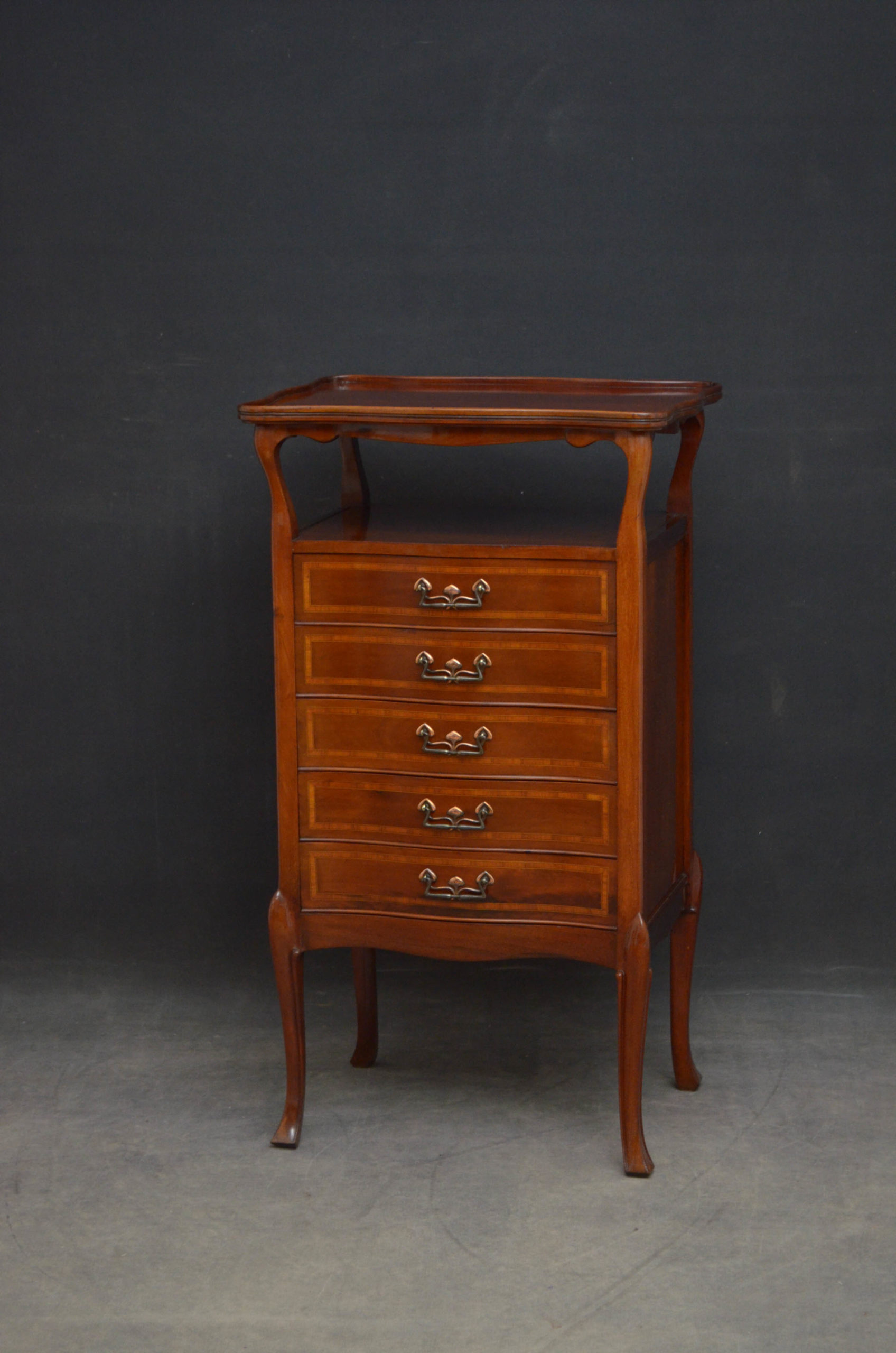
The ‘Age of Walnut’ began in around 1660. As more intricate carving became popular, walnut, a softwood with an attractive and distinctive patina, came into vogue for a brief 60 to 80 year stint. Before being widely superseded by mahogany in around 1730-40. It then returned to fashion again much later.
This material allowed for finer work, and was often used as a veneer. It was at the height of fashion during the reigns of William and Mary and Queen Ann. The furniture design of the day became highly influenced by William and Mary’s Dutch sensibilities.
The more ornate furniture styles, favoured by Queen Mary, had a strong influence upon furniture design in this period. Especially earlier on in London and the South, where cabinet makers took to walnut quicker, and were closer to the favoured timber supply in France.
Towards the end of this period frostier relations with France and a severe winter, led to the supply being replaced with American walnut. This can be hard to distinguish from the European walnut.
Walnut bur wood (wood procured from malformations upon the tree) was highly favoured by cabinet makers and artisans for its beautiful patina. Bur wood timber pieces tended to be smaller in size, and more expensive. So often they were used to create veneers or inlays.
The favoured, distinctive, curling patina of the walnut was also to be found where the tree had been cut across its base near to the roots. Or at the junctions where the trunk would meet the trees branches.
These swirling patterns in the wood make walnut very easy to identify, however less so where the wood has come from the main trunk where such patterns are less frequent, and can be mistaken for mahogany. Genuine walnut furniture from this period is quite rare. During the 1920s Queen Ann Furniture became so popular and valuable, that a good deal of replica’s were made. Some are hard to distinguish.
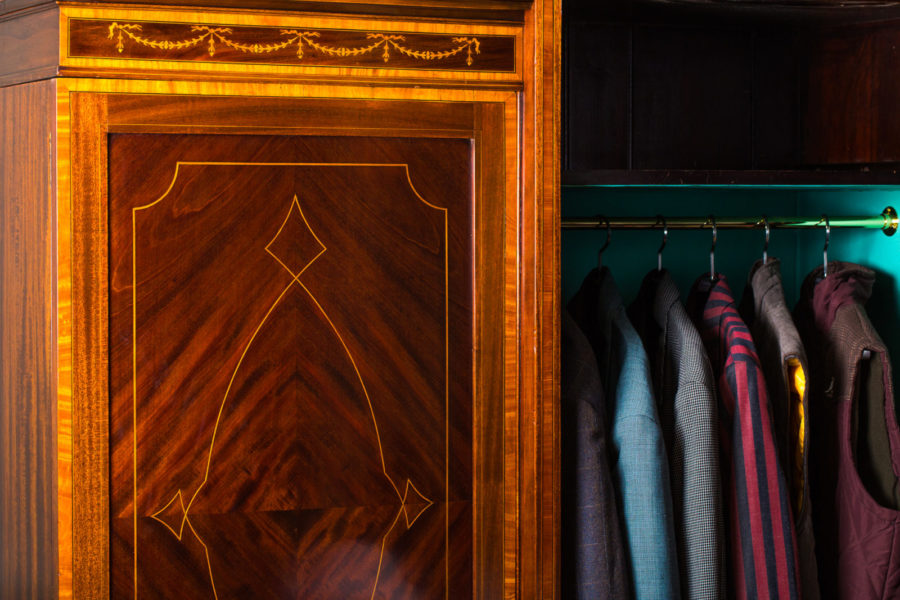
This reddish-brown, close grain hardwood became extremely popular from the 1730s onward, and remained so, beginning a period categorised as the ‘Age of Mahogany’. Mahogany is a sense superseded oak. Firstly as a ship building timber, due to its superior woodworm and rot resistance, and durability, later as a raw material for fine furniture. It is also quick to season, was procurable in large pieces, and was easier to carve than oak. So it soon became highly prized by cabinet makers.
Mahogany was imported largely from the Caribbean. It was used for the finest pieces only, due to the high cost of importation. The fine, reddish brown, close grain mahogany finish is fairly easy to identify. However there are other lesser known mahoganies such as the lightly coloured bay wood from Honduras, or the warm and orangey Cuban variety. These were highly sought after.
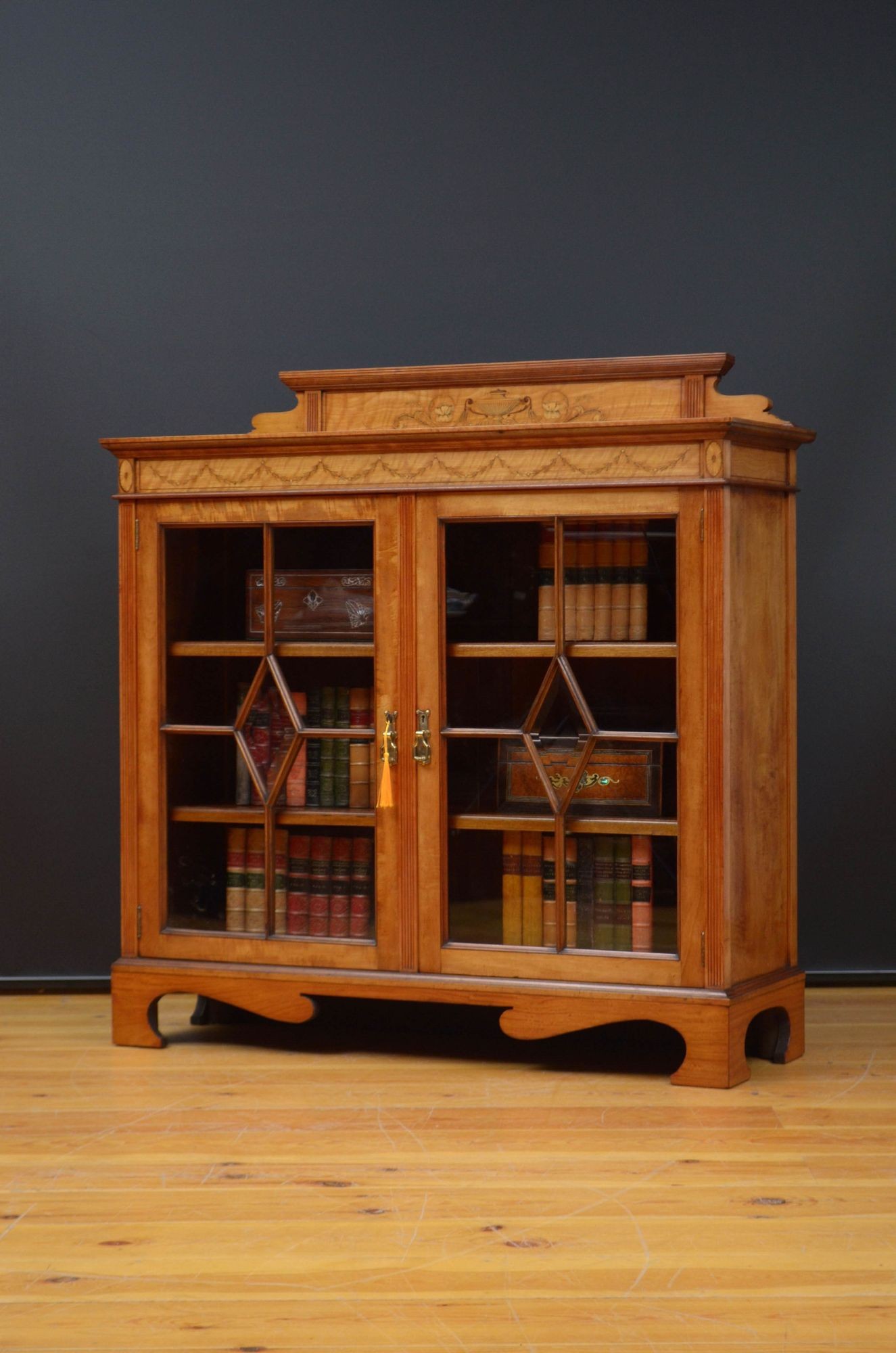
Satinwood, an exotic, light coloured wood from the West and East Indies, became very popular at the very end of the 18th, and very beginning of the 19th Century.
It is easily identified by its shiny, close grained, satin like, warm yellow finish, and is sometimes associated with Sheraton. It is an expensive wood and would have been used for the finest pieces during this period, which is sometimes referred to as the ‘Age of Satinwood’.
Some satinwood pieces had elaborate inlays, and some had fine painting laid upon the top, which have largely now worn away. In around 1900 there was a revival in popularity for these older pieces, and replicas were made at around that time.
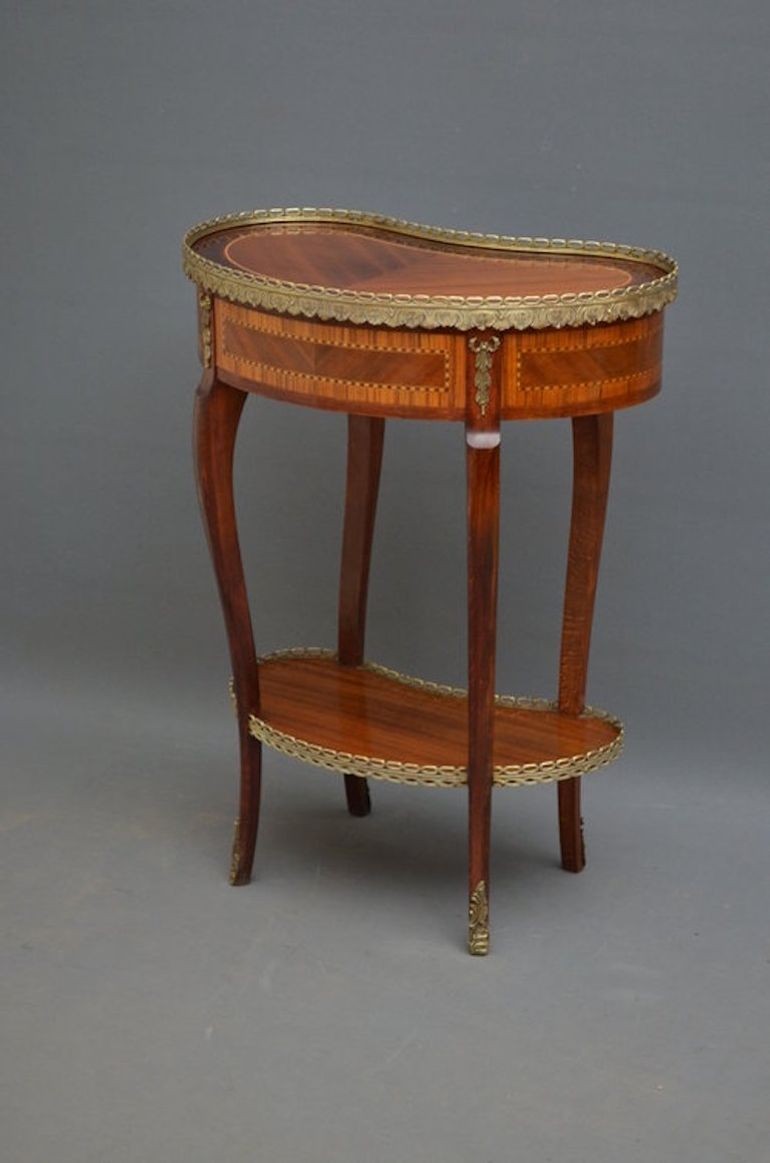
Rosewood – This exotic hardwood, so named for the smell it omits when cut, first came into use a little later than mahogany. It comes from a variety of locations and has an attractive patina, not dissimilar to mahogany.
Pine – A softwood, also known as ‘deal’, which tends to be used more for drawer linings, or in furniture that is veneered or painted.
Amboyna – Is a now endangered exotic hardwood with a distinctive and attractive bur wood. It was very valuable and highly prized for inlays, veneers and smaller items.
Ebony – A black exotic hardwood, also now very rare, was often used in inlays.
Elm and Maple – These were less sought after at the time, but were used to make attractive pieces non the less, and the Elm tree is of course rare today in the UK. Some varieties of Elm have a very special patina.

With the right guidance, caring for your wooden antiques can be fun. Why not take a look at some of our handy guides? And don’t be afraid to ask lots of questions when making a purchase, we are always here to help.
View the selection of antique furniture we have for sale.
| Cookie | Duration | Description |
|---|---|---|
| cookielawinfo-checbox-analytics | 11 months | This cookie is set by GDPR Cookie Consent plugin. The cookie is used to store the user consent for the cookies in the category "Analytics". |
| cookielawinfo-checbox-functional | 11 months | The cookie is set by GDPR cookie consent to record the user consent for the cookies in the category "Functional". |
| cookielawinfo-checbox-others | 11 months | This cookie is set by GDPR Cookie Consent plugin. The cookie is used to store the user consent for the cookies in the category "Other. |
| cookielawinfo-checkbox-necessary | 11 months | This cookie is set by GDPR Cookie Consent plugin. The cookies is used to store the user consent for the cookies in the category "Necessary". |
| cookielawinfo-checkbox-performance | 11 months | This cookie is set by GDPR Cookie Consent plugin. The cookie is used to store the user consent for the cookies in the category "Performance". |
| viewed_cookie_policy | 11 months | The cookie is set by the GDPR Cookie Consent plugin and is used to store whether or not user has consented to the use of cookies. It does not store any personal data. |